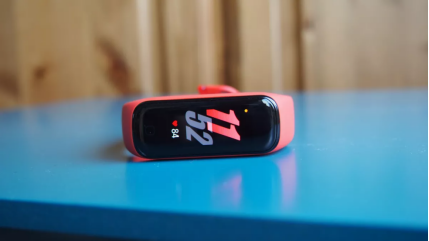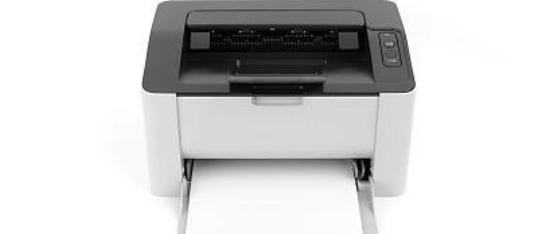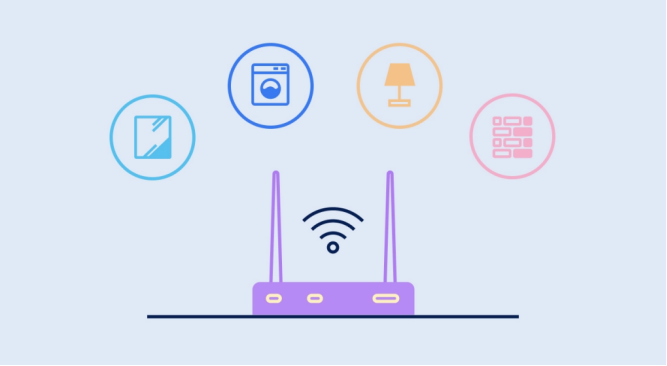What Makes the Perfect Smartphone for College Students?
Smartphones have become essential tools for modern college life, influencing everything from academic performance to social connections. The right device can streamline note-taking, improve research efficiency, and even help manage tight budgets. On the other hand, a poorly chosen phone might slow you down with inadequate storage, short battery life, or a cramped screen. For students juggling classes, assignments, and social activities, every feature matters. In this article, we’ll explore the must-have smartphone features that cater specifically to the demands of university life.
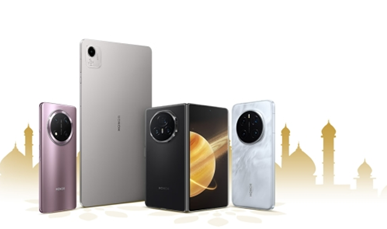
Academic Performance Boosters
Large Screen for E-Textbooks & Note-Taking (6.5" minimum)
A spacious display is non-negotiable for students who rely on digital textbooks, PDFs, or note-taking apps. A screen smaller than 6.5 inches strains the eyes during long study sessions and makes multitasking difficult. Larger screens allow for comfortable reading without constant zooming, especially when reviewing lecture slides or academic papers. Additionally, split-screen functionality becomes far more practical on bigger displays, letting you reference materials while typing an essay. If your budget allows, consider an AMOLED or high-resolution LCD panel for better clarity and reduced eye fatigue. Some students even prefer foldable devices for an even larger workspace when unfolded. The key takeaway? Prioritize screen real estate—it directly impacts productivity.
Multi-Window Functionality for Research & Writing
Modern smartphones support multi-window modes, letting you run two apps side by side—a game-changer for research and assignments. Imagine having a browser open for sourcing references while simultaneously drafting a paper in a word processor. This feature eliminates the hassle of switching apps repeatedly, saving precious time during tight deadlines. Some devices even allow floating windows for quick access to calculators, translators, or messaging apps. If your phone lacks native multi-window support, third-party launchers can sometimes fill the gap. However, performance may vary, so opt for a phone with robust RAM (at least 6GB) to ensure smooth operation. For students, this isn’t just a convenience; it’s a necessity for efficient studying.
Stylus Support for Digital Handwritten Notes
While typing notes is common, many students retain information better through handwriting. A stylus-equipped phone bridges the gap between traditional pen-and-paper and digital convenience. Whether annotating lecture slides, sketching diagrams, or jotting down quick reminders, a stylus offers precision that fingers can’t match. Look for low-latency pens with pressure sensitivity for a natural writing experience. Some note-taking apps even convert handwritten text into searchable, editable content—perfect for organizing study materials later. If your budget doesn’t stretch to flagship models, mid-range options with basic stylus support still provide significant value. For STEM majors or art students, this feature is particularly worthwhile.
Budget-Conscious Must-Haves
128GB+ Storage for Lecture Recordings & Materials
Running out of storage mid-semester is a nightmare—especially when your phone holds recorded lectures, research papers, and presentation files. A minimum of 128GB ensures you won’t constantly delete files to free up space. If your phone supports expandable storage via microSD, that’s even better, though cloud backups remain a smart secondary option. High-resolution photos and videos from group projects can quickly eat into capacity, so plan ahead. Some budget phones offer 256GB variants at a reasonable price, which is worth considering if you’re a heavy media user. Remember: Storage isn’t just about convenience; it’s about avoiding last-minute panic before exams.
All-Day Battery (5000mAh+) for Campus Life
Between back-to-back classes, library sessions, and social events, students need a phone that won’t die by afternoon. A 5000mAh battery is the sweet spot for lasting a full day without frantic charging breaks. Look for energy-efficient processors and software optimizations that extend battery life further. Fast charging (18W or higher) is also helpful for quick top-ups between lectures. Some phones even offer reverse charging, letting you power up wireless earbuds or a friend’s device in a pinch. Battery degradation over time is inevitable, so starting with a larger capacity means your phone will still perform well in your junior year.
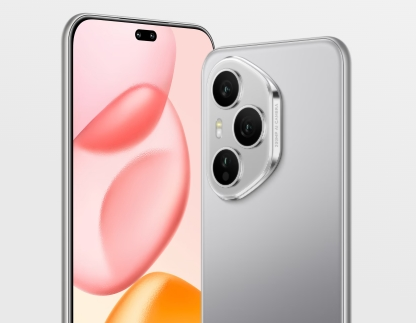
Social & Connectivity Essentials
A reliable smartphone keeps you connected with study groups, family, and campus events. Dual SIM support is invaluable for international students managing local and home numbers. 5G compatibility ensures fast downloads and smooth video calls, though 4G remains sufficient if 5G isn’t in your budget. A high-quality front camera (at least 12MP) improves video call clarity for virtual study sessions or interviews. Social media apps drain batteries quickly, so optimize settings to reduce background usage. Lastly, NFC enables contactless payments—handy for cafeteria meals or public transport.
Durability for the College Lifestyle
College life is unpredictable, so a rugged phone or protective case is wise. Water resistance (IP53 or higher) guards against rain or accidental spills. Gorilla Glass or similar toughened screen coatings reduce crack risks from drops. Metal or polycarbonate frames withstand daily wear better than fragile designs. If you’re outdoorsy, consider a phone with dust resistance for fieldwork or travel.
Software That Supports Student Life
Pre-installed productivity tools (calendar, reminders, cloud storage) streamline organization. Look for phones with long-term OS updates to avoid security risks. Customizable modes (Study, Sleep, etc.) help minimize distractions during exams. Some devices offer built-in screen time trackers to curb procrastination.
Conclusion
Choosing the right smartphone involves balancing academic needs, social demands, and budget constraints. Prioritize features like a large screen, long battery life, and ample storage to avoid mid-semester frustrations. Refurbished models can offer flagship features at lower prices if new devices stretch your funds. Remember, HONOR has a wide range of smartphones catering to different student needs—whether you prioritize performance, affordability, or durability, there’s always a perfect match.



